UC Botanical Garden—Southern African Collection
In spite of good intentions I never seem to make it to the UC Botanical Garden (UCBG) in Berkeley more than once or twice a year. But thanks to the lull in work between Christmas and New Year I was able to get away last Friday. It was a cold and gray day, a bit too gray to make for perfect photography conditions, but it was still better than the bright sunny weather I had encountered on previous visits.
This post is about UCBG’s Southern African Collection. In separate posts I’ll take you to the New World Desert and Asian Collections. Most of the other garden sections aren’t that interesting in the winter so I skipped them.
The garden entrance isn’t splashy, but the large Yucca rostrata with its spiky blue hairdo is a good indication that this is no ordinary place.
Entrance at 200 Centennial Way
Yucca rostrata
Just inside the entrance you’re greeted by this beautiful clump of Mexican weeping bamboo (Otatea acuminata ‘Aztecorum’), one of my favorite bamboos.
Mexican weeping bamboo (Otatea acuminata ‘Aztecorum’) just inside the entrance gate
The entrance plaza features many other exotic plants from around the world—a good cross-section of the habitats represented at UCBG.
Plantings near the entrance
Plantings near the entrance
Encephalartos eugene-maraisii (left), Chamaerops humilis ‘Argentea’ (right)
The Garden Shop is usually my last stop before I leave, but since it’s right near the entrance, I thought I’d show you a few photos up front.
Encephalartos arenarius with Garden Shop in the background
Garden Shop with just some of the many plants for sale
I didn’t buy any plants this time but I hope to be back in the spring for a shopping outing.
More sale plants
Past the Garden Shop begins the South African Collection, the focus of this post. According to the UCBG web site:
Our collection is especially rich in Mediterranean-climate flora of the Cape region. We feature the karoo and fynbos plant communities as well as plants of the Eastern Cape region. Some adaptations found in these communities include water and nutrient storage, such as succulent leaves and carbohydrate-rich bulbs.
Plants from the Cape region are well-suited to conditions in California gardens and have become popular in horticulture…The Cape region and California are two of the world’s biodiversity hotspots. The Cape region contains more than 2½ times the number of species in 1/3 of the area.
The big draw of the Southern African Collection at this time of the year are the winter-blooming aloes. Some were in full bloom while in others the flower stalks were just beginning to emerge.
Aloe pluridens
Aloe pluridens
Aloe pluridens
Aloe pluridens
Aloe speciosa
Aloe speciosa
Aloe capitata var. quartziticola
Aloe capitata var. quartziticola
View of South African Collection and arid greenhouse, with Aloe suprafoliata on the right
Aloe suprafoliata
Aloe arborescens
View of New World Desert (left) South African Collection (right) and arid greenhouse (top right), with Aloe marlothii on the right
Aloe marlothii getting ready to bloom; note the unusual branched inflorescence
While aloe flowers are pretty spectacular, especially en masse, aloes are beautiful even without them. Check out the wide variety of hues, shapes and textures.
Aloe capitata var. quartziticola, my favorite aloe
Aloe mitriformis
Aloe mitriformis
Aloe mubendiensis
Aloe aculeata
Aloe arborescens (left), Aloe plicatilis (right)
Aloe arborescens (left), Aloe plicatilis (right)
Aloe plicatilis
Aloe plicatilis
Aloe striata
Aloe comptonii
Aloe polyphylla, aka spiral aloe. Most people consider it to be not only the most spectacular aloe, but also one of the most stunning of all succulents. Unfortunately, my semi-mature specimen rotted and died so I’m currently without a spiral aloe.
Aloe polyphylla
Aloe polyphylla
In this photo you can see how steep the hillside is. The slope goes a long way towards creating the fast drainage these southern hemisphere natives need.
Aloe brevifolia
Aloes are a large part of the Southern African Collection, but there are many other species of succulent and non-succulent plants. Here are a just a couple of other succulents I found interesting.
Crassula tetragona
Senecio scaposus
Many people don’t realize that southern Africa is home to some of the most spectacular and bizarre bulbous plants in the world. Everybody knows Gladiolus but what about Boophone, Haemanthus, or Brunsvigia?
Boophone haemanthoides
Boophone haemanthoides
Boophone haemanthoides
Haemanthus coccineus
Brunsvigia josephinae
Brunsvigia marginata
Euphorbia is a vast genus consisting of more than succulent and non-succulent 2,000 species found in temperate, tropical, and subtropical zones all over the world. The diversity of this genus is astounding, ranging from the Mexican poinsettia to the Mediterranean spurges to the cactus-like species of Africa. I encountered two of these columnar “cacti” in the Southern African Collection:
Euphorbia coerulescens
Euphorbia coerulescens
Euphorbia horrida
Euphorbia coerulescens (left), Euphorbia horrida (right)
Another group of plants of great interest to me are the cycads. Most gardeners are familiar with the sago palm (Cycas revoluta), native to southern Japan, but there are over 300 cycad species worldwide, about 60 of which are found in southern Africa. The most spectacular African cycads are in the genus Encephalartos, and the UCBG has a good selection of the hardier species. (“Hardy” is a bit of a euphemism since no encephalartos is able to survive temperatures below the mid-20s.)
What makes encephalartos so attractive are their graceful “fronds” of stiff and often prickly leaves. Like all cycads, encephalartos look like ancient plants that would have been right at home in the age of the dinosaurs (they weren’t, contrary to popular belief).
Encephalartos altensteinii
Encephalartos altensteinii
Encephalartos arenarius
Encephalartos arenarius with Haemanthus albiflos (white-flowered bulb)
Encephalartos senticosus
Encephalartos trispinosus
Encephalartos trispinosus
Encephalartos longifolius
Encephalartos horridus × longifolius
Encephalartos horridus × longifolius
Encephalartos horridus × longifolius
Lepidozamia peroffskyana (right) behind Phoenix canariensis. Lepidozamia is a cycad genus native to Australia but I’m including this photo because it fits right in with the southern African cycads.
UCBG doesn’t have an extensive protea collection like UC Santa Cruz Arboretum does but I found one king protea (Protea cynaroides) that should be in full bloom in a few weeks. Even last year’s flowers provide a lot of interest.
King protea (Protea cynaroides)
King protea (Protea cynaroides)
Related posts:

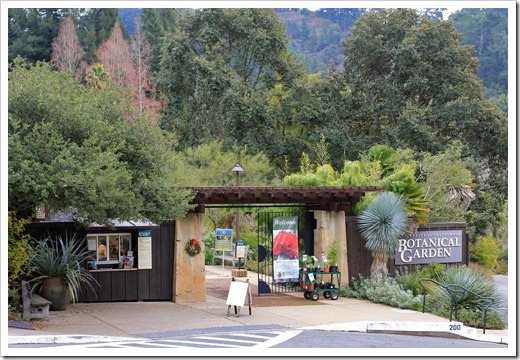


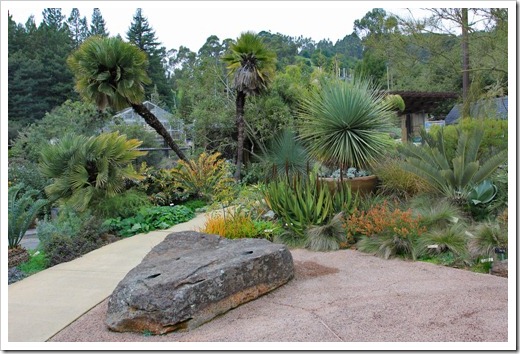










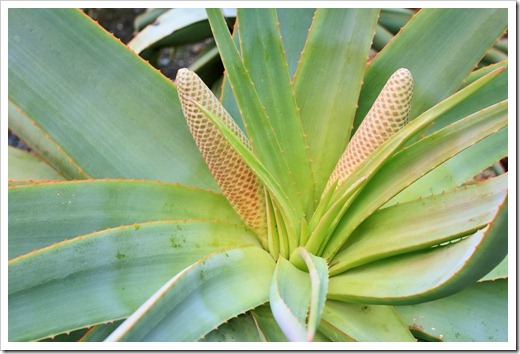

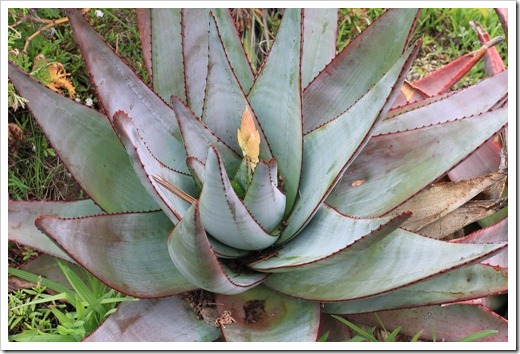


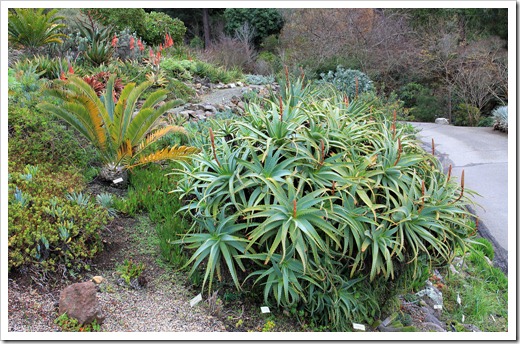
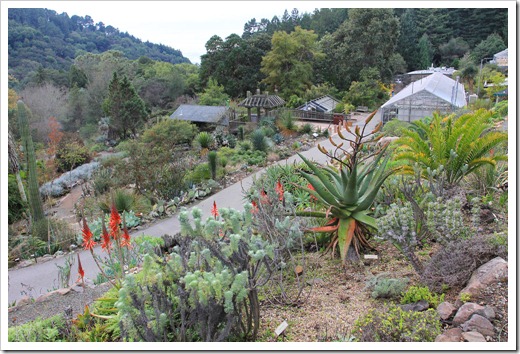




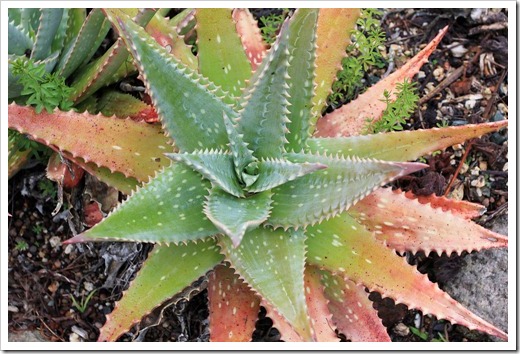


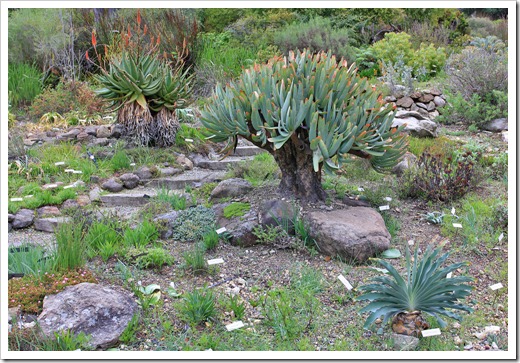
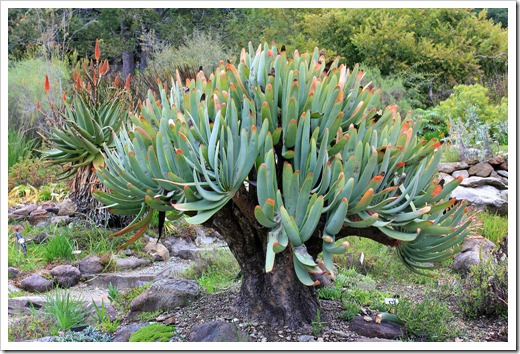
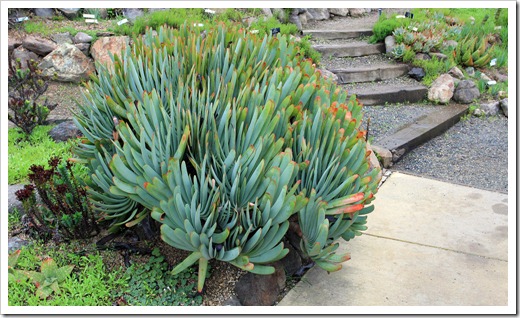
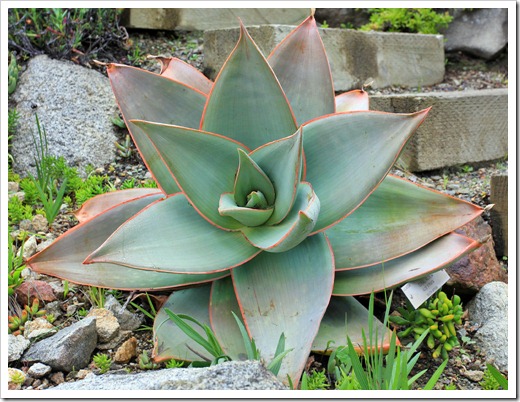
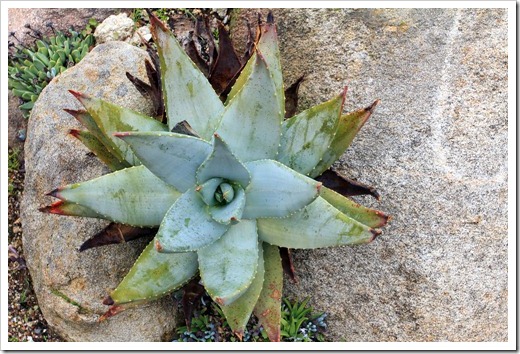





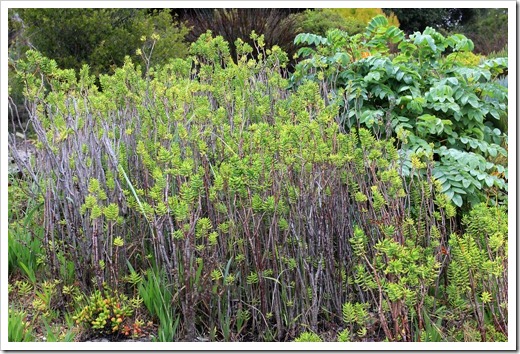


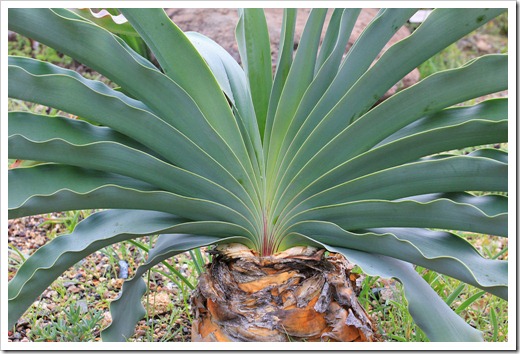

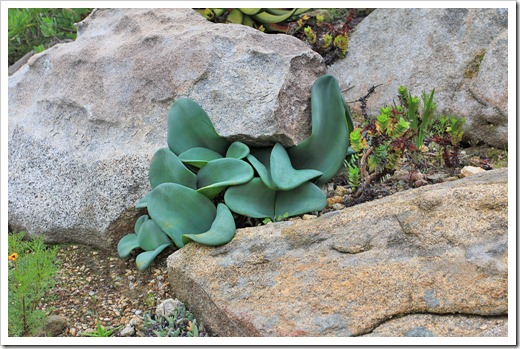
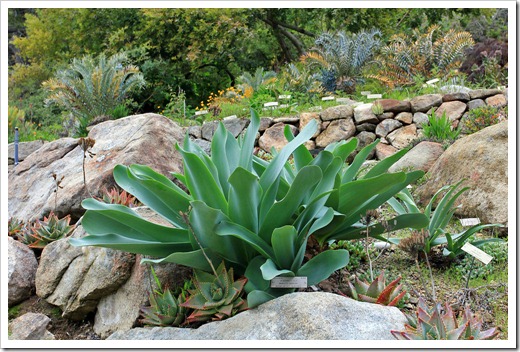
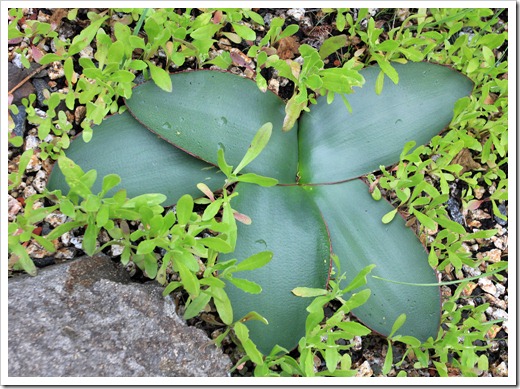










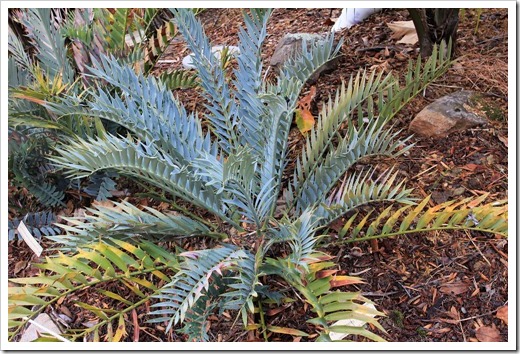


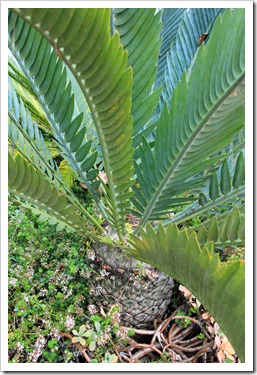


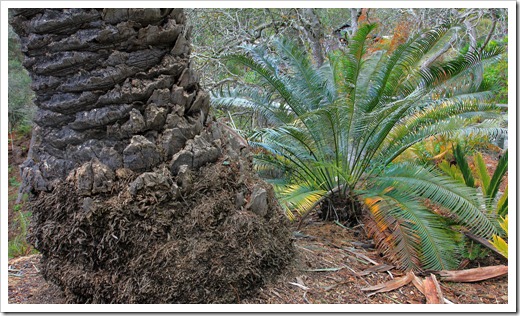



Superb plant porn Gerhard, so many stunning plants! Looking forward to the next instalments :) best wishes for 2013!
ReplyDeleteHappy New Year, Mark and Gaz! Next installment coming tomorrow. I've got to start off the new year productively :-).
DeleteI'm always amazed when I see Aloes on huge, woody stems. Fantastic!
ReplyDeleteI also love the cactus-like Euphorbia colonies -- very nice!
Of course I'll never see any of these in my yard, which is the one disadvantage of reading these excellent excursion posts of yours. :)
Do you have any trips planned to SF this year? If so, add a couple of days and I'll show you around.
DeletePretty! I used to visit Berkeley when my sibling went there, but we only made it out to the botanical gardens once. Maybe if I show them these pictures, they'll agree to go again!
ReplyDeleteYou should definitely encourage your sibling to go back. It's a beautiful place to walk even if you're not a plant buff.
DeleteI envy your proximity to this beautiful garden. Only having been once I'm hoping maybe this will be a stop during the Garden Bloggers Fling. If not maybe I'll just have to make my own excursion while in SF in June. Looking forward to the next posts!
ReplyDeleteIf not, I'll take you there!
DeleteInteresting that what's blooming up there--pluridens, suprafoliata, etc. is exactly what was blooming at the Huntington 300 miles south. Huntington does not have (at least outdoors) those glorious polyphyllas, tho!
ReplyDeleteGreat photos, thanks.
I bet the winter-blooming aloes in the Southland are a little further along than up here. Is Aloe arborescens blooming yet?
DeleteI wonder why the Huntington doesn't have any Aloe polyphylla growing outdoors. Maybe it gets too hot in the summer?